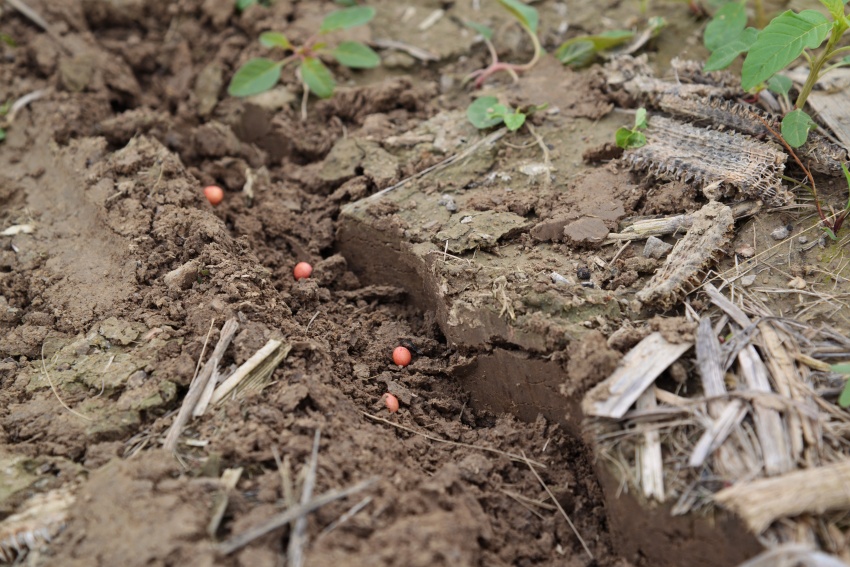How Do Farmers Make Seed-Treatment Decisions?

Though seed treatment use has become more and more common among farmers from all regions, the reasons behind their use differ from farmer to farmer. Some see it as a way to lower their planting population – and costs. Others are facing specific pest and disease pressures, while others are looking for any yield bumps they can find.
To learn more about why farmers are using seed treatments, we asked five farmers and an agronomist for their thoughts on seed treatments, why they use them and what type they prefer.
Brock Hansen | Baxter, Iowa
“Generally, we use treatments all the time. I’ve talked with farmers who don’t use treatments, in an effort to lower costs, and their yields are generally a bit lower than ours. I base my decision on whether the field has a history of problems, local test plot data, cost of production, return on investment and how the treatment will affect the standability after emergence. ”
Trey Koger, Ph.D., Senior Agronomist, Silent Shade Planting Company | Belzoni, Mississippi
“There’s a tremendous amount of university research on seed treatments. For almost all the areas of the Mid-South and Southeast, using a fungicide/insecticide combination seed treatment is almost a no-brainer. We have relied heavily on this research, and we believe using seed treatments is the right thing.”
John Lee | Marianna, Arkansas
“I always use some type of seed treatment. I always use a fungicide treatment, but I will add other treatments, based on how early I plant soybeans, soil pH and how recently the field has been planted with soybeans. For example, I will add an inoculant treatment if the field hasn’t been planted with soybeans during the past three years. If the soil is cooler, I’ll add an insecticide treatment.”
Dave Legvold | Northfield, Minnesota
“Using seed treatments has kind of become an expected thing. I think there might be an element of fear there, and the marketing of seed treatments has certainly been successful. We almost always use seed treatments, but I’d really like to see comparative data, not just on yields but on the overall profitability of using seed treatments. This year, I’m looking very hard at all the dollars I’m spending on inputs, so I think I’ll explore treated and untreated plots side by side, to compare the profitability of using them.”
Hans Schmidt | Sudlersville, Maryland
“We use treatment on early-planted soybeans, when the soil is cooler and germination may take an extra day or two. We consider it a risk-management decision. We also use seed treatments on fields where we may have an issue with things like spiral nematodes. We don’t tend to use seed treatment on later plantings or double-crop beans.”
Brian Scott | Lafayette, Indiana
“I think a lot of farms like them whether or not they need them or as a bit of insurance. A couple years ago, we split the planter in half with the same variety. Half was treated, the other half was untreated. We didn’t see a yield difference between the two. But if you plant early in cool soil or have pest problems, I would recommend a treatment.”



